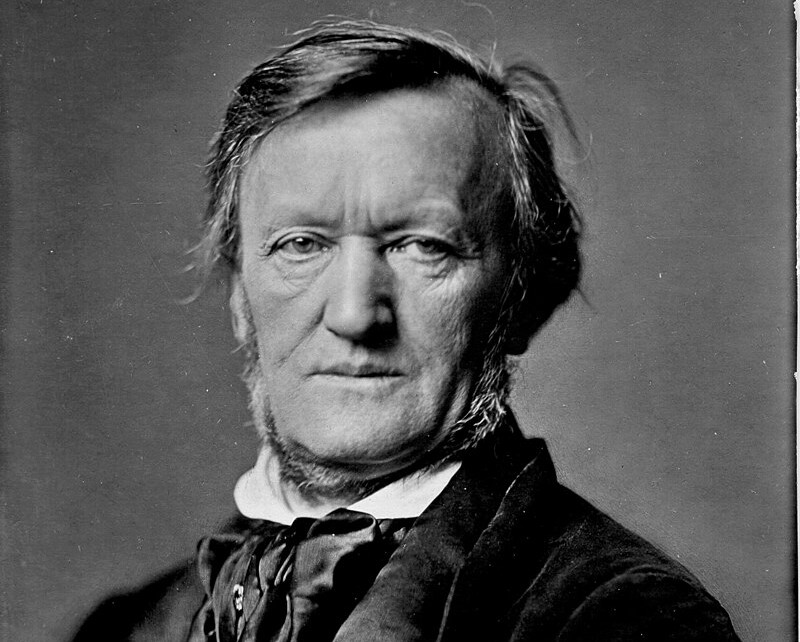
Richard Wagner "Under the Double Eagle"
Under the Double Eagle (Unter dem Doppeladler) is a famous military march composed by Austrian bandmaster Josef Franz Wagner in 1893.
Known for its bold rhythms and majestic melody, it has become a staple in military bands and wind ensembles around the world.
Note: The composer Josef Franz Wagner is not to be confused with the German opera composer Richard Wagner.
Overview of the Piece
The march was inspired by the symbol of the double-headed eagle, which served as the imperial emblem of the Austro-Hungarian Empire.
The title reflects themes of imperial grandeur and military strength, and the music was originally performed by Austrian military bands before gaining popularity across Europe and the United States.
Under the Double Eagle eventually became one of the most internationally recognized military marches, played by marching bands, concert bands, and ceremonial ensembles alike.
Musical Characteristics
The piece follows a classic military march structure in 2/4 time.
It opens with a bold, trumpet-like fanfare, followed by a lively and energetic main theme that sets the marching tone.
The trio section provides a contrasting, dignified melody with a more majestic and noble character, evoking a sense of ceremony and national pride.
The final reprise returns to the opening theme, bringing the piece to a triumphant and rousing close.
The march features a prominent brass section and driving percussion, making it particularly effective in outdoor performances and formal parades.
Reception and Cultural Significance
Under the Double Eagle quickly spread beyond Austria and became a favorite among international military and civilian bands.
It was highly praised by American "March King" John Philip Sousa, who even included it in the repertoire of his own band.
In the United States and other countries, the march has been used for school events, sports ceremonies, and public parades.
Its moderate technical demands and strong performance impact have also made it a popular choice among student and amateur bands.
Conclusion
Josef Franz Wagner’s Under the Double Eagle is a brilliant example of the classic military march—filled with power, precision, and grandeur.
Its bold melodies and timeless form continue to resonate with audiences of all generations, and it remains a cherished piece in the world of wind music and ceremonial performance.
